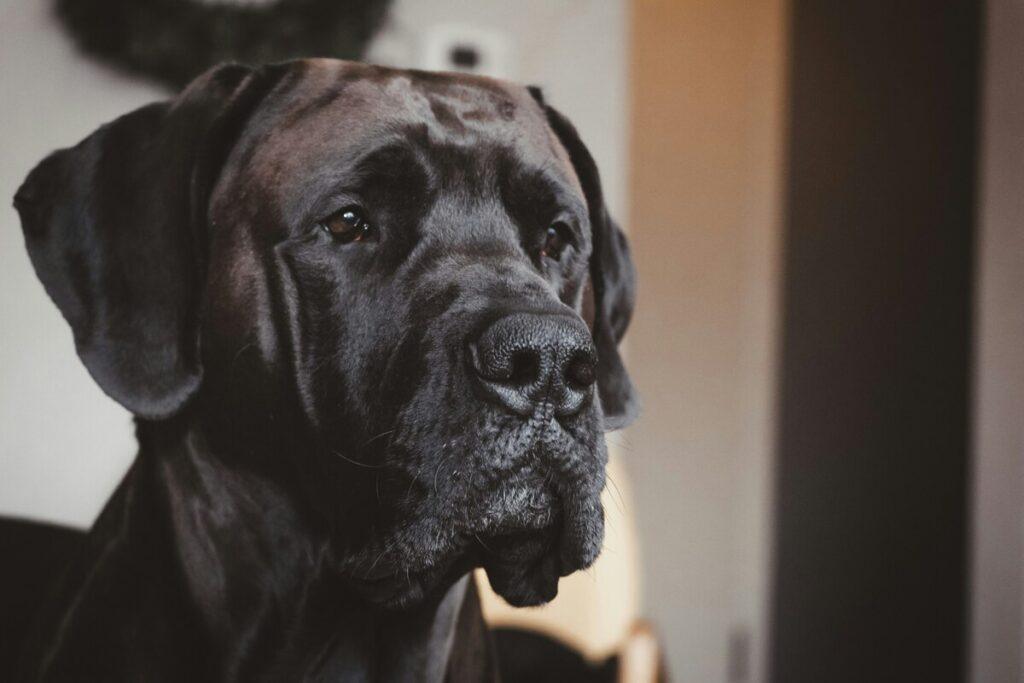Signs of hip dysplasia in dogs can be subtle at first, but recognizing them early is crucial for your dog’s mobility and comfort. This painful condition affects the hip joints and can significantly impact your dog’s quality of life if left untreated.
What Is Hip Dysplasia in Dogs?
Canine hip dysplasia is a developmental condition where the ball and socket of the hip joint don’t fit together properly. Instead of moving smoothly, the joint rubs and grinds, which leads to inflammation, joint deterioration, and eventually arthritis. It can be influenced by genetics, diet, growth rate, and activity level.
Early Signs of Hip Dysplasia in Dogs
- Limping or favoring one leg
- Stiffness after resting
- Reluctance to climb stairs or jump
- Decreased activity or playfulness
- Bunny-hopping gait (moving both back legs together)
- Difficulty rising or lying down
Breeds Most Prone to Hip Dysplasia

While hip dysplasia can occur in any dog, some breeds are genetically predisposed. These include:
- German Shepherds
- Labrador Retrievers
- Golden Retrievers
- Rottweilers
- Boxers
- Cane Corsos
Learn more about the Boxer and Cane Corso breeds — both of which are at higher risk.
What Causes Hip Dysplasia?
- Genetics: The most significant factor. Dogs with hip dysplasia often pass it to offspring.
- Improper nutrition: Overfeeding, especially in large breeds, can accelerate joint stress.
- Rapid growth: Puppies that grow too quickly are at greater risk.
- Lack of exercise or excessive activity: Both too little and too much can strain developing joints.
Diagnosis and Treatment
Your veterinarian may diagnose hip dysplasia through a physical exam and X-rays. Treatment varies depending on severity but may include:
- Weight management and dietary support
- Anti-inflammatory medications
- Joint supplements (glucosamine, chondroitin)
- Physical therapy or hydrotherapy
- Surgical options (in severe cases)
How to Help a Dog with Hip Dysplasia at Home
- Use orthopedic dog beds to relieve pressure
- Provide ramps or stairs for easier mobility
- Maintain a healthy weight
- Give joint supplements regularly
- Keep exercise low-impact and consistent
How to Recognize Early Signs of Hip Dysplasia in Dogs
Many pet owners miss the early signs of hip dysplasia in dogs because they can be confused with simple fatigue or aging. Look for reduced activity, difficulty rising from lying down, bunny hopping while running, or sensitivity around the hips. If you notice these symptoms, schedule a veterinary exam promptly.
For a more in-depth overview, visit the AKC guide on hip dysplasia in dogs.
Related Articles
Want to learn more about joint conditions? Read our guide on common dog health problems and how to support your dog with orthopedic dog beds.
FAQs About Hip Dysplasia in Dogs
Can hip dysplasia be cured?
It cannot be fully cured, but symptoms can be managed through treatment and lifestyle changes.
Is hip dysplasia painful for dogs?
Yes, especially as the condition progresses and arthritis sets in.
What age does hip dysplasia start showing?
It can appear in puppies as young as 4–6 months or emerge later in adulthood.
What supplements help dogs with hip dysplasia?
Glucosamine, chondroitin, MSM, and omega-3 fatty acids can reduce inflammation and support joint health.



